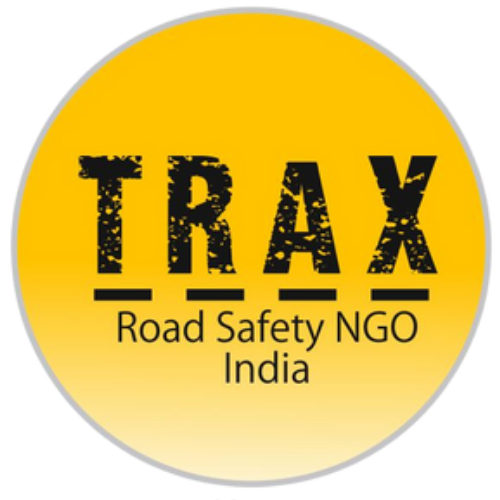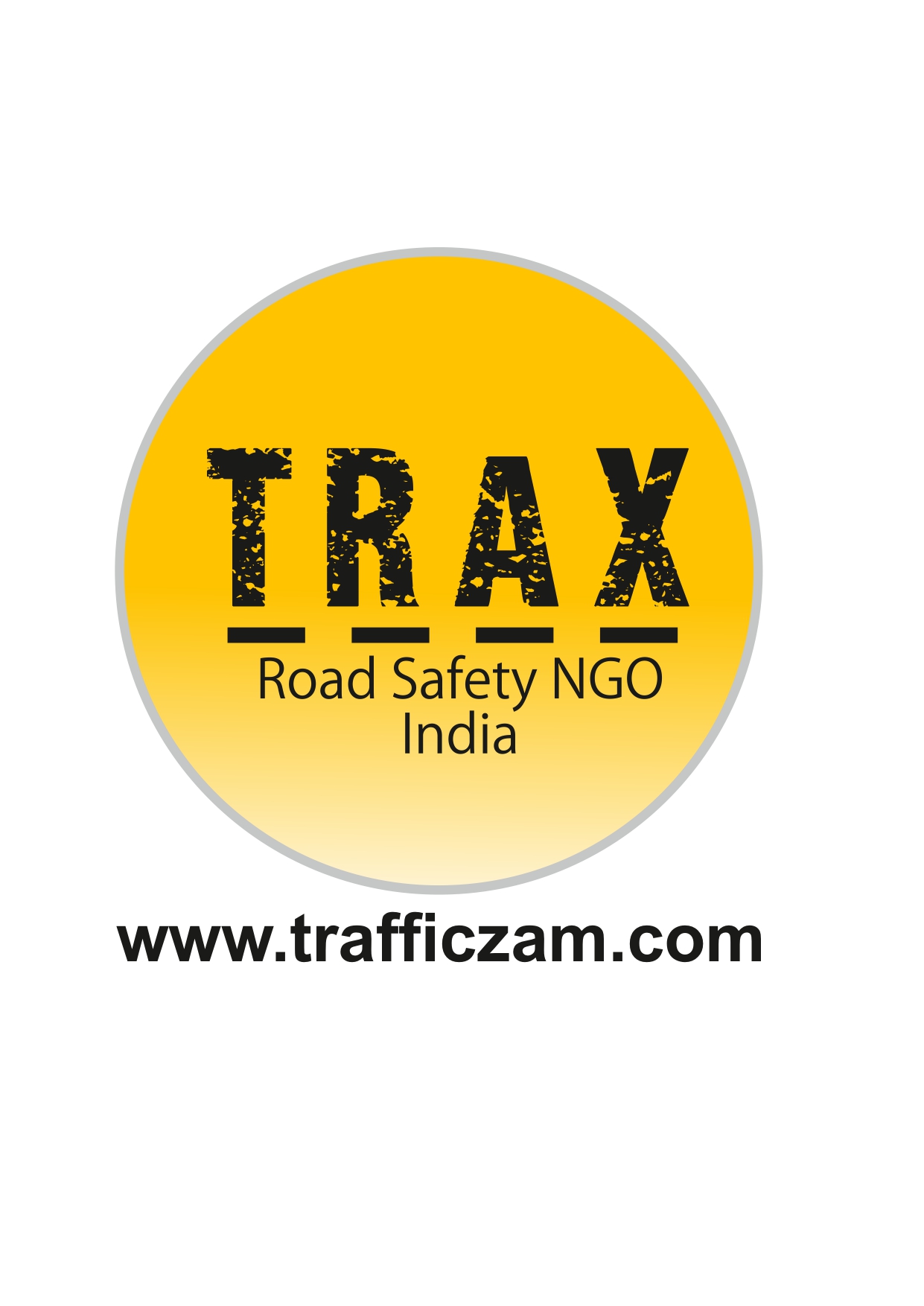Almost everyone knows that drivers who become drowsy or fall asleep at the wheel contribute to thousands of crashes each year.
Fatigue is a condition that affects everyone. It is a lack of physical strength, a feeling of being tired or exhausted, that causes difficulty in moving the arms, legs and other muscles. Although typically associated with long-distance driving, fatigue can set in after a long day at work, an outing at the beach, or virtually any activity. Emotional stress, illness, or boredom can also cause fatigue. Sun glare, a major factor in eyestrain, can contribute to fatigue. Overeating, drinking alcoholic beverages, or riding in an overheated or very cold vehicle can compound the effects.
All drivers have to be alert behind the wheel at all times. Unexpected events on the road, like a pedestrian crossing the road without looking out for traffic or a vehicle slamming on brakes right in front of you without any warning, needs quick thinking and fast action and that is something you cannot do when you are tired!
So what can we do to prevent tiredness while driving? Here are some suggestions, start any trip by getting enough sleep the night before (at least six hours is recommended). Wear good quality sunglasses, avoid heavy foods and, of course, don’t consume any alcohol during your trip. If you can, have another person ride with you, so you will have someone to talk to and who can share the driving. Avoid driving during your body’s downtime.Be on the alert for these signs of sleepiness: trouble keeping your eyes open, difficulty paying attention, or yawning frequently. If you notice any of these danger signs, stop periodically for a rest and if needed a quick nap will help. During your break, get some exercise. It helps you become more alert quickly.
The problem with long-distance driving is that many people do not know or choose to ignore, how much driving is too much. On long trips, schedule a 15-minute break outside the vehicle every two hours or every 160 km. There is no rule to say how far you should drive at any given time, but no destination is worth risking your life. Don’t overextend yourself. Determine a reasonable distance in advance, and stop driving when you reach it.
If you must stop for a rest, stop at a designated rest area or parking lot. It usually is not advisable to just pull off to the side of the road to sleep, yet there may be times when it is better to pull off the road and nap than to continue driving and a chance to fall asleep behind the wheel.
Driver tiredness or fatigue is one of the most significant threats to the safety of all road users. This is often seen as one of the “driver distractions” taking the eyes and concentration of the driver away from driving.
Driver tiredness often leads to head-on collisions and rollover crashes. Reportedly, an estimated 21 percent of fatal crashes, 13 percent of crashes resulting in severe injury and 6 percent of all crashes, involve a drowsy driver. An estimated 1 in 25 adult drivers (aged 18 or older) report having fallen asleep while driving. The National Highway Traffic Safety Administration reports in 2017 there were 795 fatalities in motor vehicle crashes that involved drowsy drivers. Between 2013 and 2017 there were a total of 4,111 fatalities that involved drowsy driving. In 2017, there were 91,000 police-reported crashes that involved drowsy drivers. Those crashes led to about 50,000 people being injured and nearly 800 deaths.
Drive alert and stay unhurt.
By H. Rathode
Volunteer TRAX


